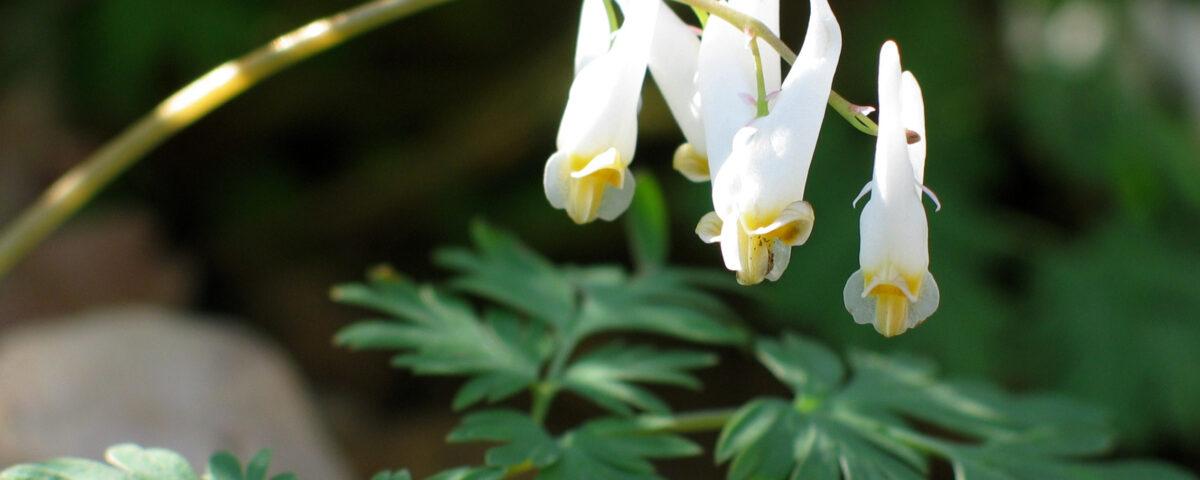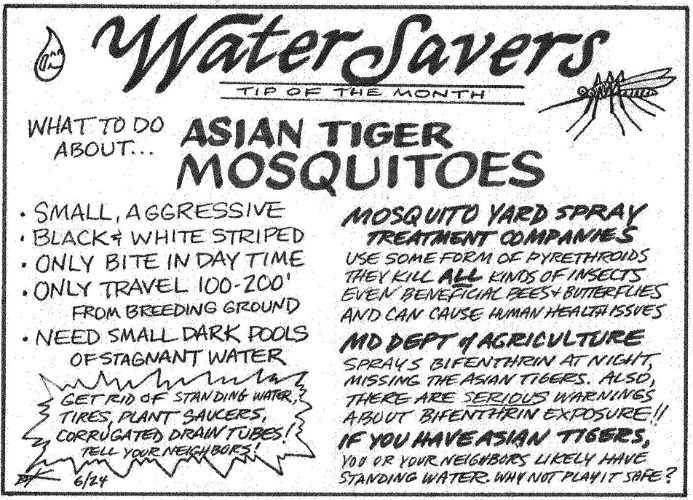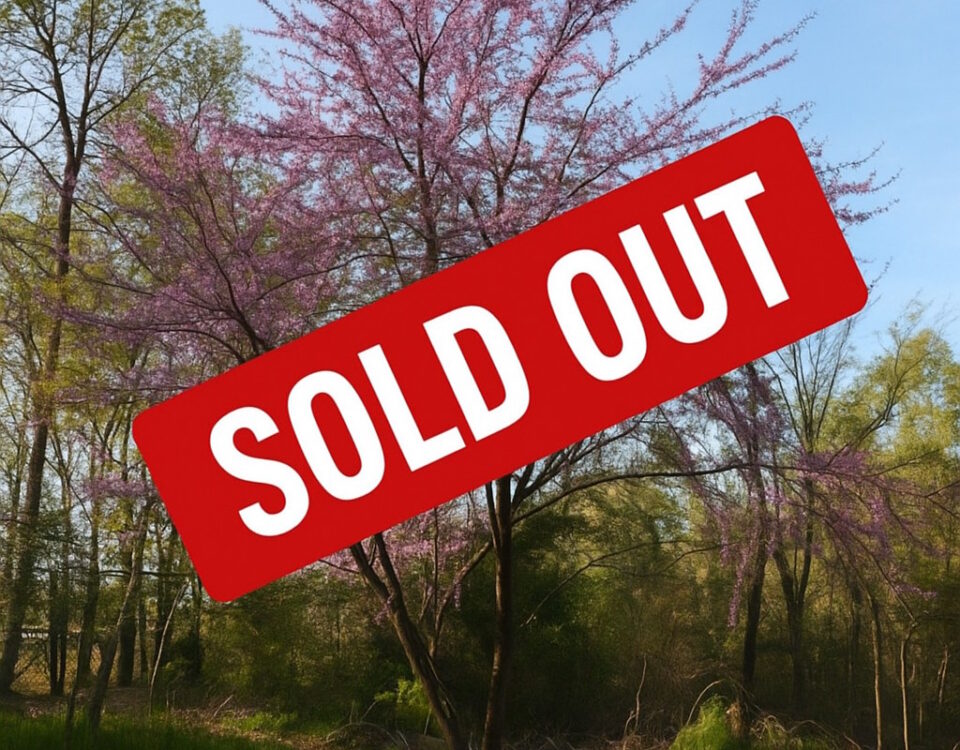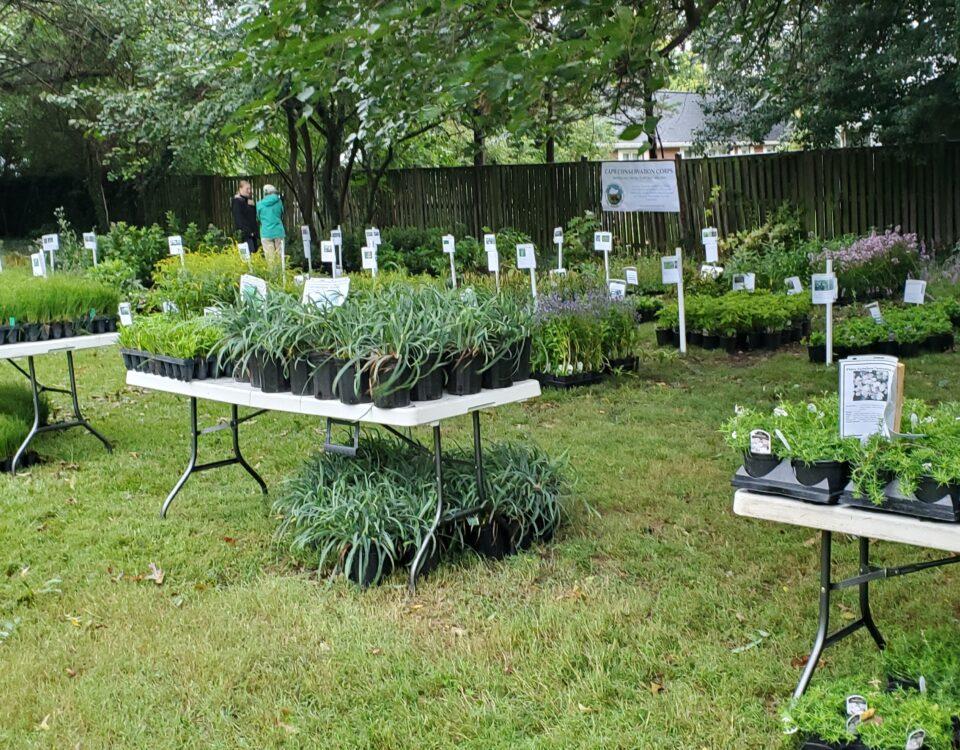
Habitat Hero – October 2022
February 15, 2023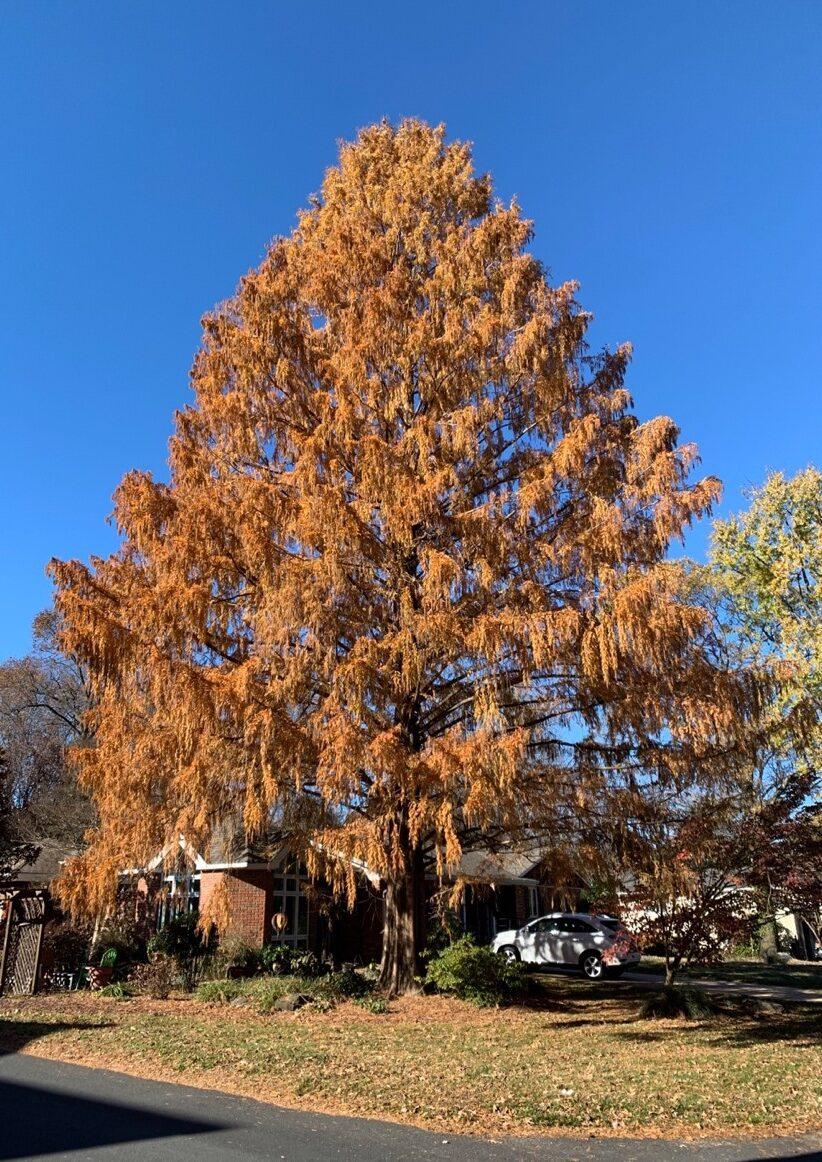
Cape Champion/Story Tree
March 13, 2023by: Stacey Wildberger
Before I share my favorite spring ephemerals we should answer the question – what is a spring ephemeral? Spring ephemerals are perennial woodland wildflowers which develop aerial parts (i.e., stems, leaves, and flowers) of the plant early each spring and then quickly bloom and produce seed. The leaves often wither, leaving only underground structures (i.e., roots, rhizomes, and bulbs) for the remainder of the year. Beyond the beauty they offer to the human eye as winter is giving way to spring is their benefits to early pollinators. They are a major source of nectar for early pollinators and a better choice as they have co-evolved with them for hundreds of thousands of years.
Virginia Bluebell (Mertensia virginica): female bumblebees as well butterflies and moths will often be seen visiting these stunning purple blooms. A colony of bluebells will bloom April through May before going dormant in the summer.
Dutchman’s breeches (Dicentra cucullaria): this true spring woodland ephemeral blooms as spring sunlight hits the forest floor before the tree canopy leafs out – perfectly times for early emerging bumblebees.
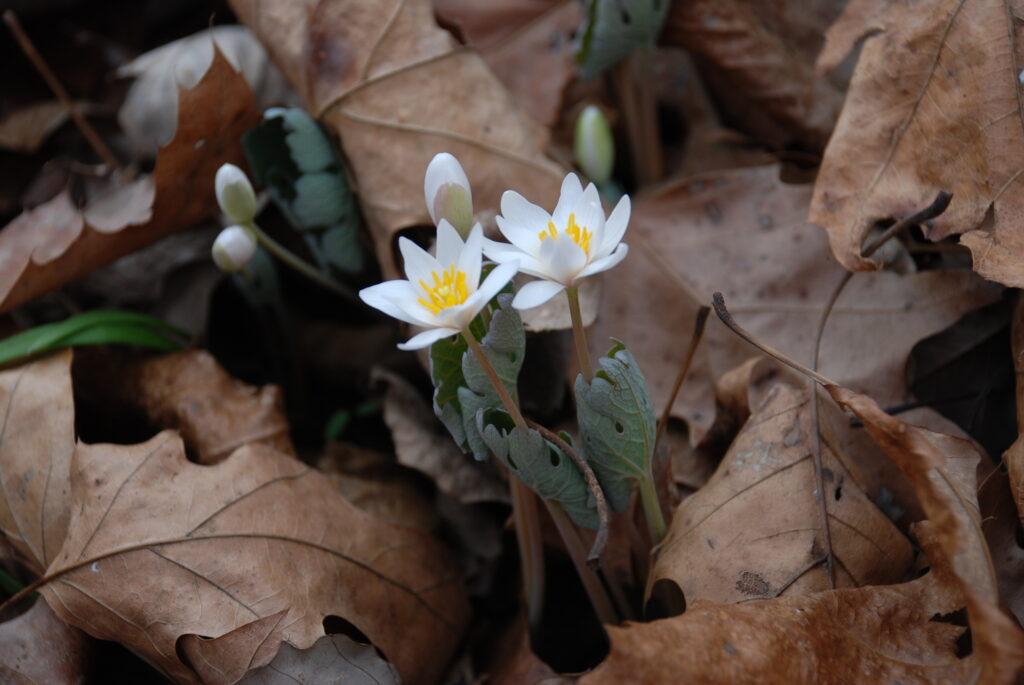
Bloodroot (Sanguinaria canadensis) a two-part beauty. The fragrant white bloom emerges first and serves as food for mason and carpenter bees are followed by the seeds attracting the ants which will are instrumental in spreading them.
Eastern spring beauty (Claytonia virginica): its delicate white blooms with pink stripes will attract bumblebees, carpenter bees, mason bees, cuckoo bees and many other tiny bees.
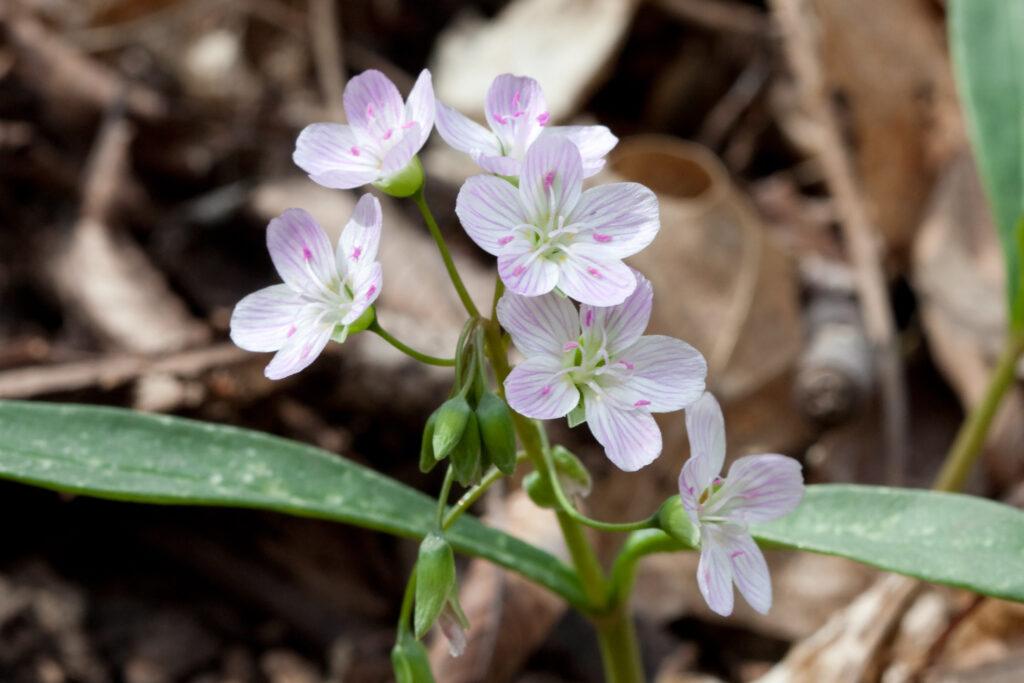
Planting ephemerals supports our early pollinators, creates healthy ecosystems, and provides habitat. It is important to use the native plants that the native insects have co-evolved with. Many are specialized and can only use certain plants as a food source. While it is ok to leave the dandelions and clover, do not rely on those for the early risers. Explore different native ephemerals


